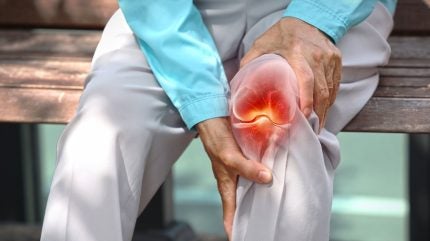
US-based 3D implant company restor3d aiming to advance orthopaedic care has secured $38m to advance its range of patient-specific musculoskeletal implants.
The company intends to use the funds to bring four 3D-printed product lines, which are developed using AI-based planning and design principles, to market throughout the second half of 2025 and into 2026.
The Veritas Reverse Total Shoulder System is a single-tray instrument designed to make patient-specific implants accessible to a wider shoulder patient population. According to restor3d, the system’s patient-specific baseplate allows surgeons to optimise both the joint centre of rotation and fixation.
The developer’s iTotal Identity 3DP Porous Cementless Total Knee, which received clearance from the US Food and Drug Administration (FDA) earlier this month, is a cementless knee system intended to mitigate interoperative ‘guesswork’.
The funds will also go towards commercialisation efforts for the Kinos Modular Stem Total Ankle System, which received 510(k) clearance from the FDA last year; and the Velora 3DP Porous Acetabular System, a hip cup designed to promote bone integration (osseointegration) that is pending FDA approval.
Restor3d’s latest funding tranche included participation from existing investor Summers Value Partners and other unspecified new and existing investors, bringing the company’s total funding to date – comprising a mix of equity and venture financing – to around $210m.
The company completed a $70m Series A fund raise in 2024, in which $55m originated from private investors including Summers Value Partners, while $15m was comprised of debt financing led by Trinity Capital.
restor3d co-founder and CEO Kurt Jacobus commented: “By leveraging advanced 3D printing and AI-driven design, we are restoring mobility and improving lives.
“This approach has allowed us to expand market share efficiently, rapidly enter new segments, and drive strong year-over-year growth.”
According to GlobalData analysis, the global 3D printing market is growing at a CAGR of 21% and is set to reach a valuation of around $4bn by 2026, up from $2bn in 2022.
Aside from bone implantation, 3D printing is beginning to play an increasing role in the US surgical landscape in the creation of custom surgical guides of patients’ anatomy that surgeons can refer to during operative procedures.
Otherwise known as additive printing, 3D printing is also being investigated in creating custom tissues or organs for transplantation.



